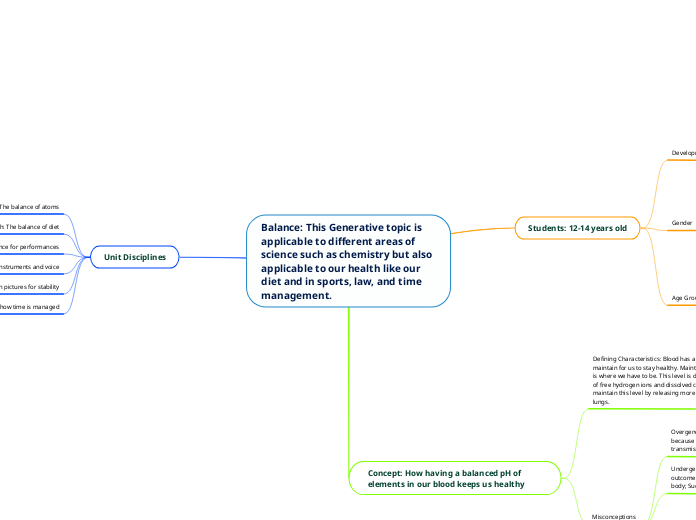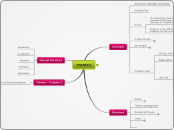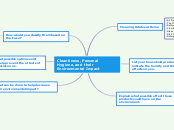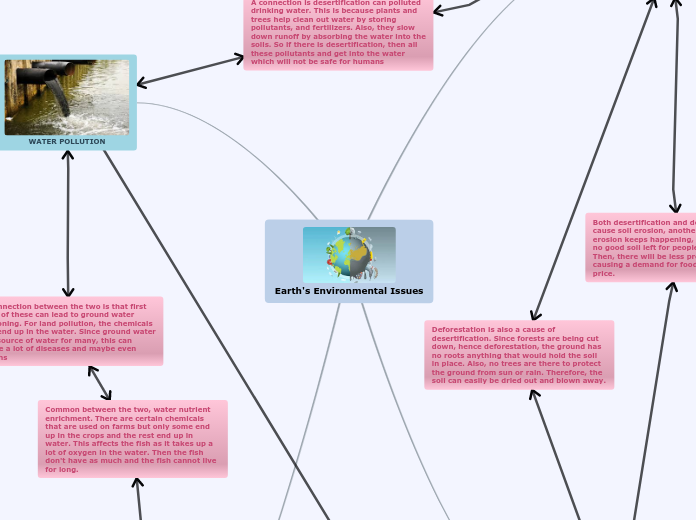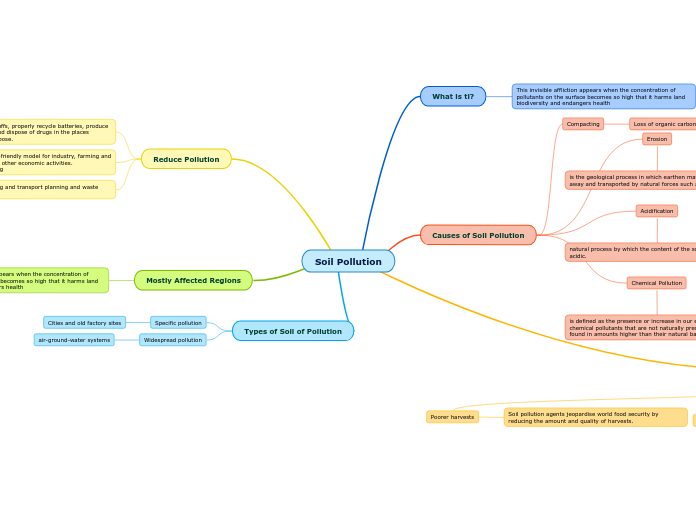door Allison Thayne 2 jaren geleden
194
Balance: This Generative topic is applicable to different areas of science such as chemistry but also applicable to our health like our diet and in sports, law, and time management.
The concept of balance is integral to various scientific fields, notably in health and chemistry. A prime example is the necessity of maintaining a balanced pH level in the blood, which is crucial for overall health.
